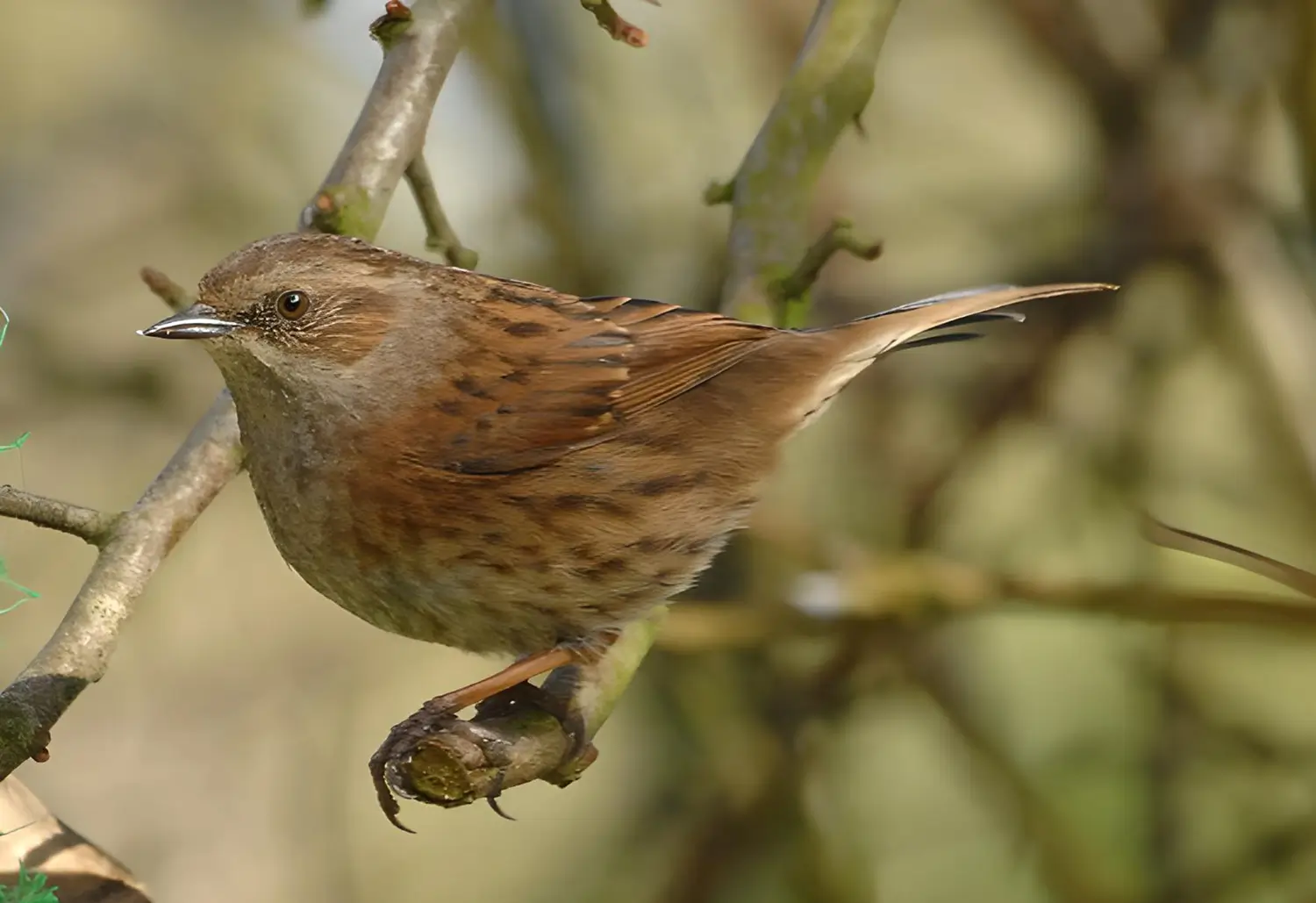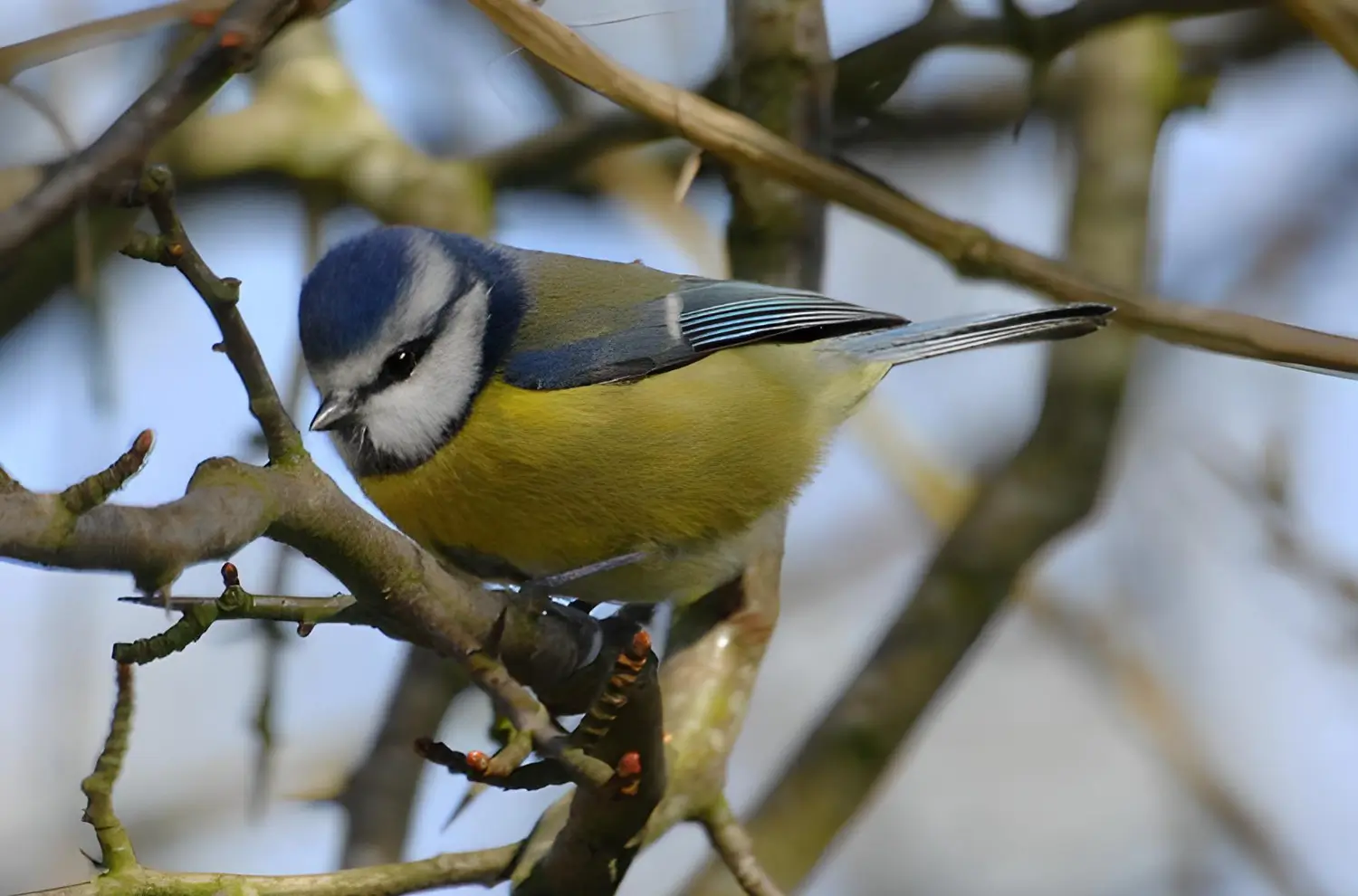THE WOODLAND ORCHESTRA
The trees and shrubs in the park are populated by all sorts of feathery characters. The friendly robin is a very/ common sight, as are many finches and tits. Other birds aren’t as easily spotted, like the agile treecreeper, who appears to defy gravity as it climbs up tree trunks in its distinct creeping behaviour.
Walking along the park you’ll be able to enjoy their many melodies, from the blackbird’s fluty tune to the energetic song of the wren. Song thrushes like to repeat musical phrases from their large repertoire, and they occasionally show off their special talent for mimicry by copying the sounds of other species, and even man-made noises.
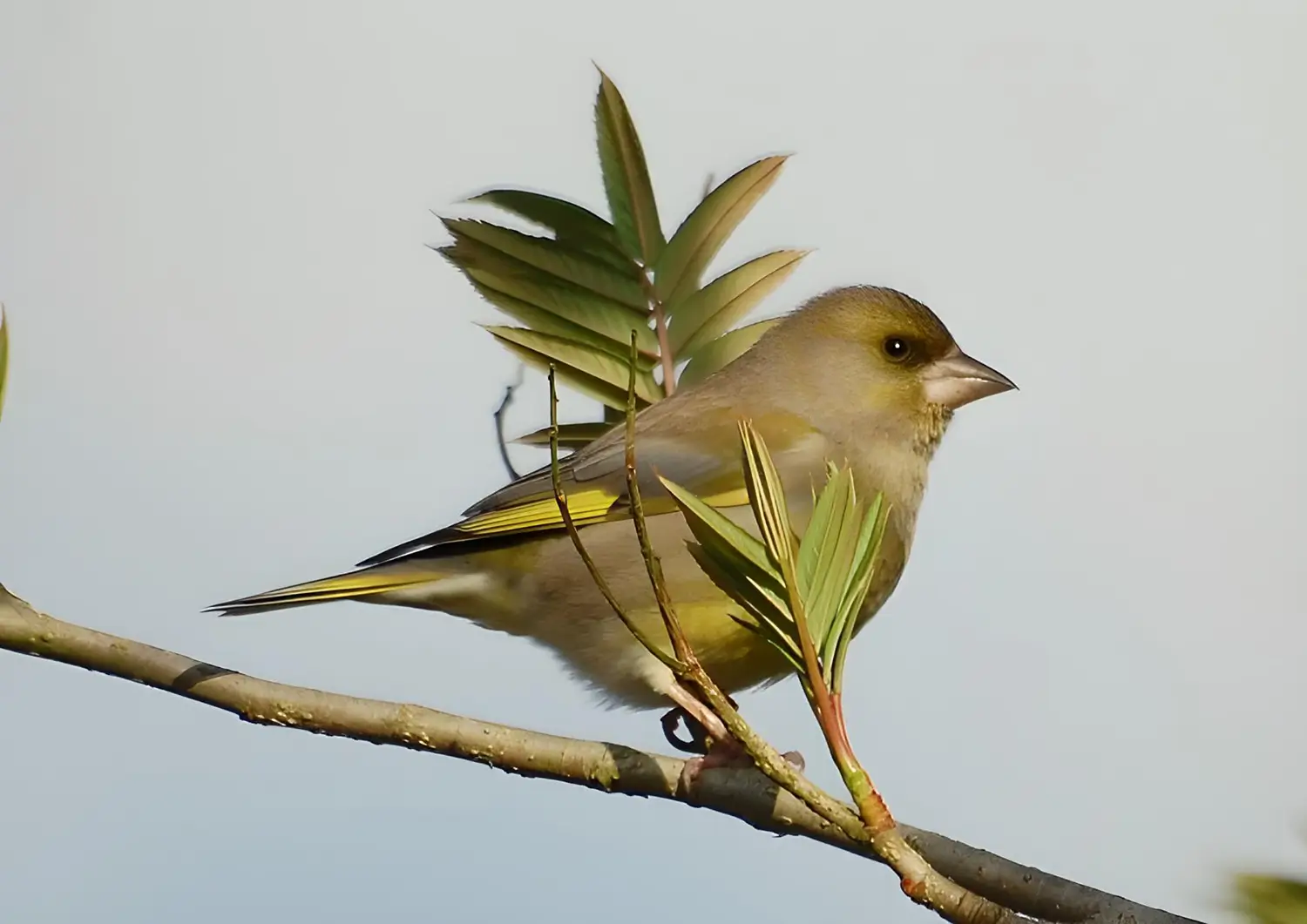
goldcrest
DID YOU KNOW?
The goldcrest is the smallest bird in Europe, weighing about 5 grams, or as much as a 20-cent coin! Its scientific name, Regulus, means “king”, due to the striking golden crown that sits atop its head.
You can often hear the goldcrest sing in the bushes and trees of Doorly Park, and if you’re lucky you may even spot this tiny king hopping about.
SUMMER VISITORS
During the warmer months, a walk along the Garavogue is also the ideal occasion to observe some of our most iconic summer visitors: swifts, swallows and house martins. These graceful birds spend their winters in Africa and travel to Ireland every spring to breed.
DID YOU KNOW?
Swifts spend the vast majority of their time in the air and can take care of most of their business on the wing: eating, mating, even
sleeping!
They only land during the breeding season to build their nests and care for their chicks. This means that a young swift could spend
over two years flying before landing for the first time to build its nest.
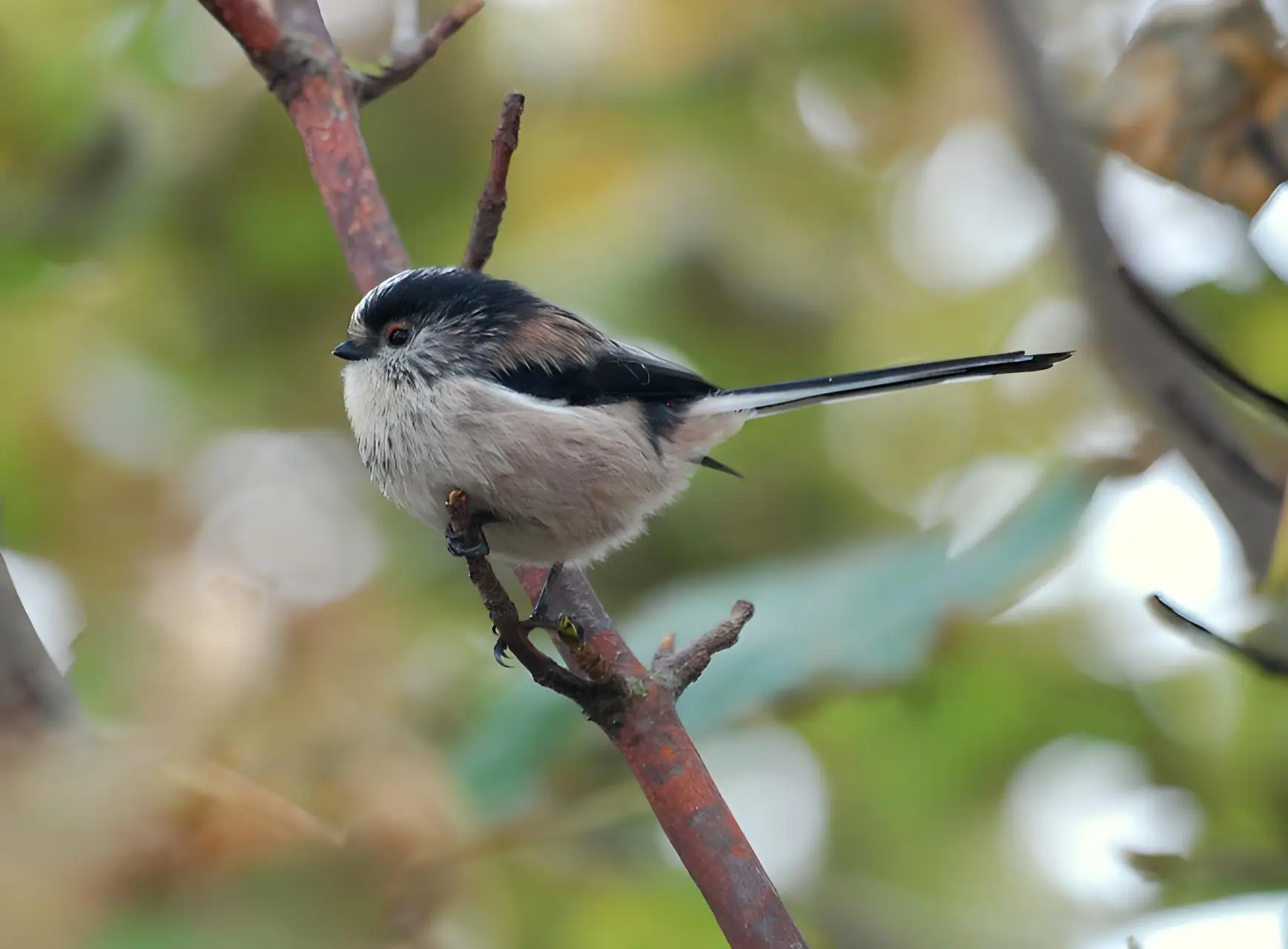
Long-tailed tit
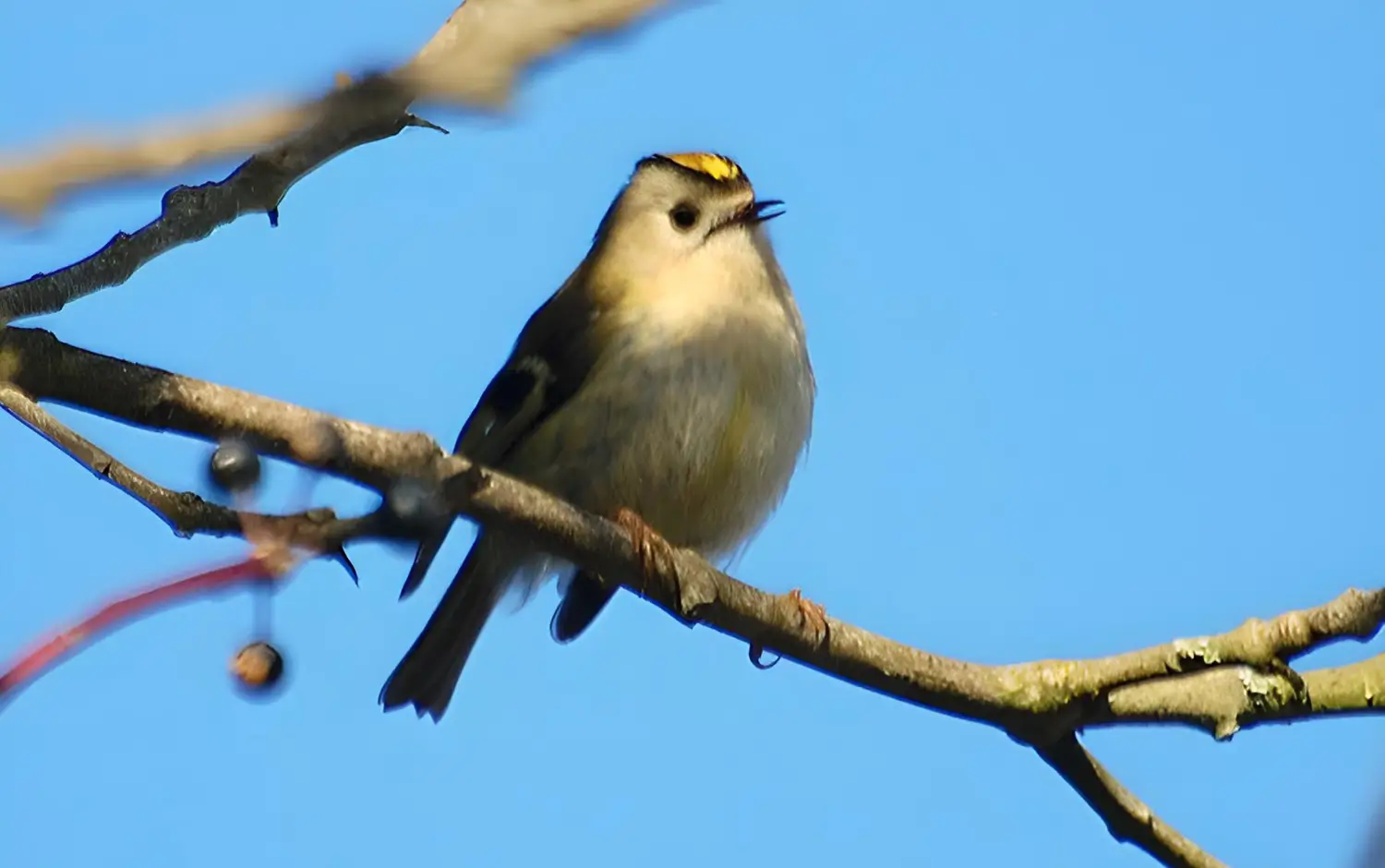
Goldcrest
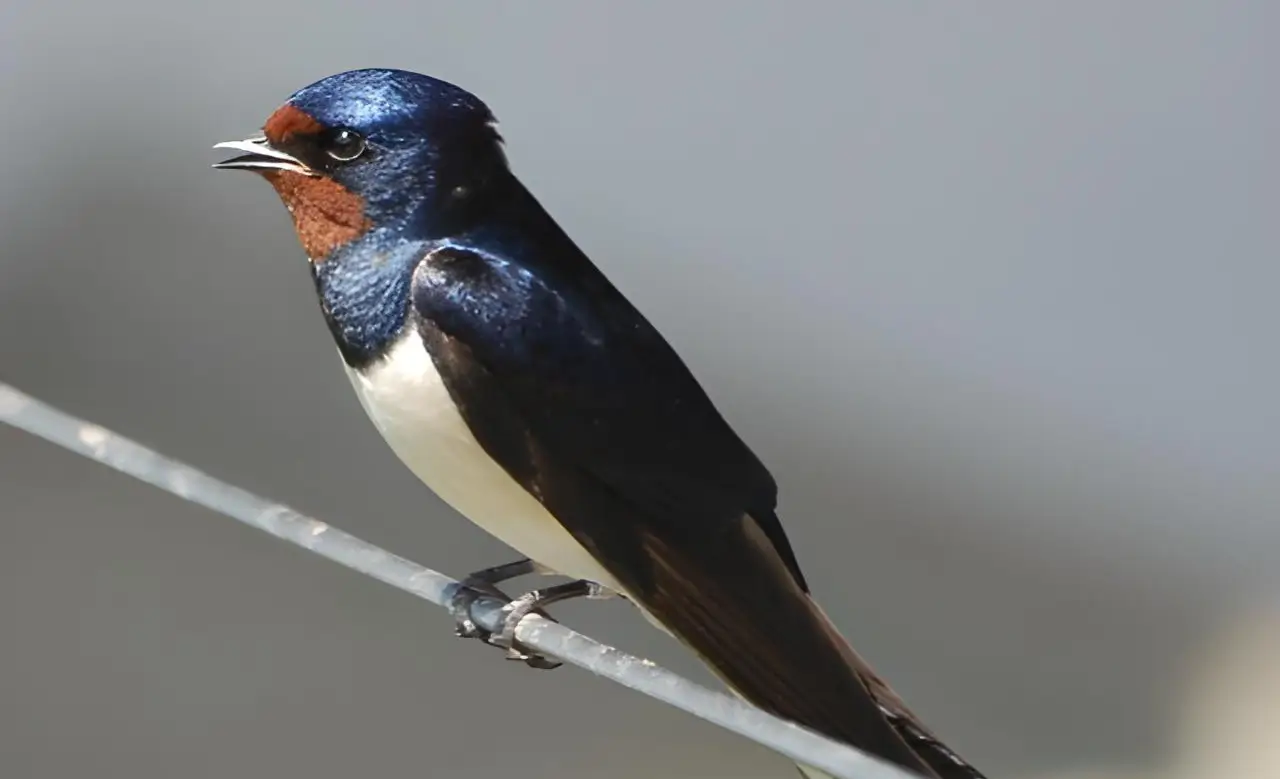
Swallow
WATERBIRDS
The Garavogue hosts a wide cast of charming waterbirds, from the friendly mallard to the majestic mute swan and the elegant grey heron. Cormorants are commonly seen flying over the river or perched on branches an boats, spreading their wings out to dry. Gulls are another common sight on the Garavogue and around Sligo Town, and all of the five common Irish gull species can be found in Sligo.
Further down the Garavogue, where the river meets the Atlantic, the estuary provides a home for many wading birds, including the red-listed oystercatcher, redshank, and curlew. These birds use their long beaks for feeding on the many small molluscs and crustaceans they find in the mudflats.
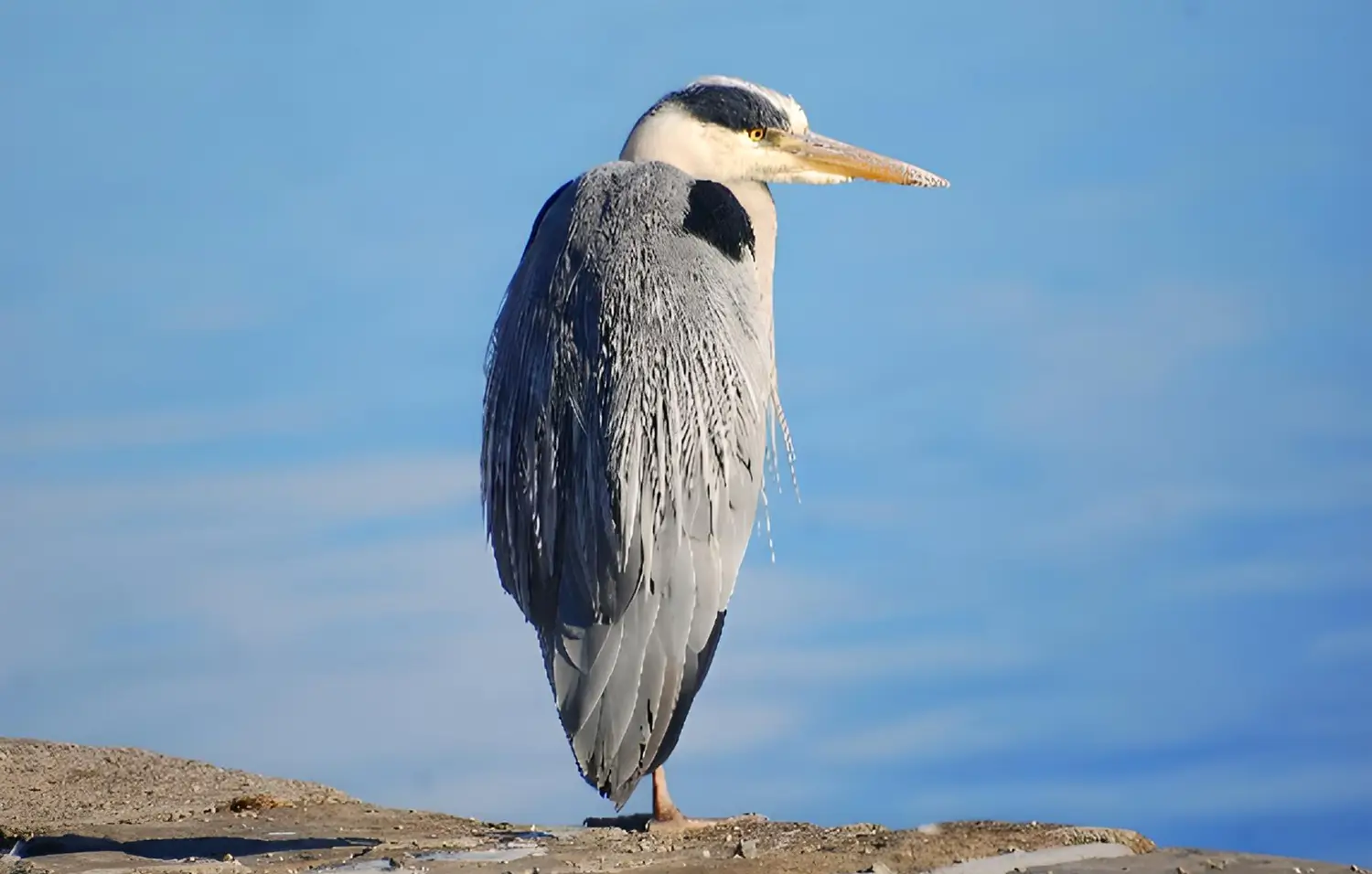
Goldcrest
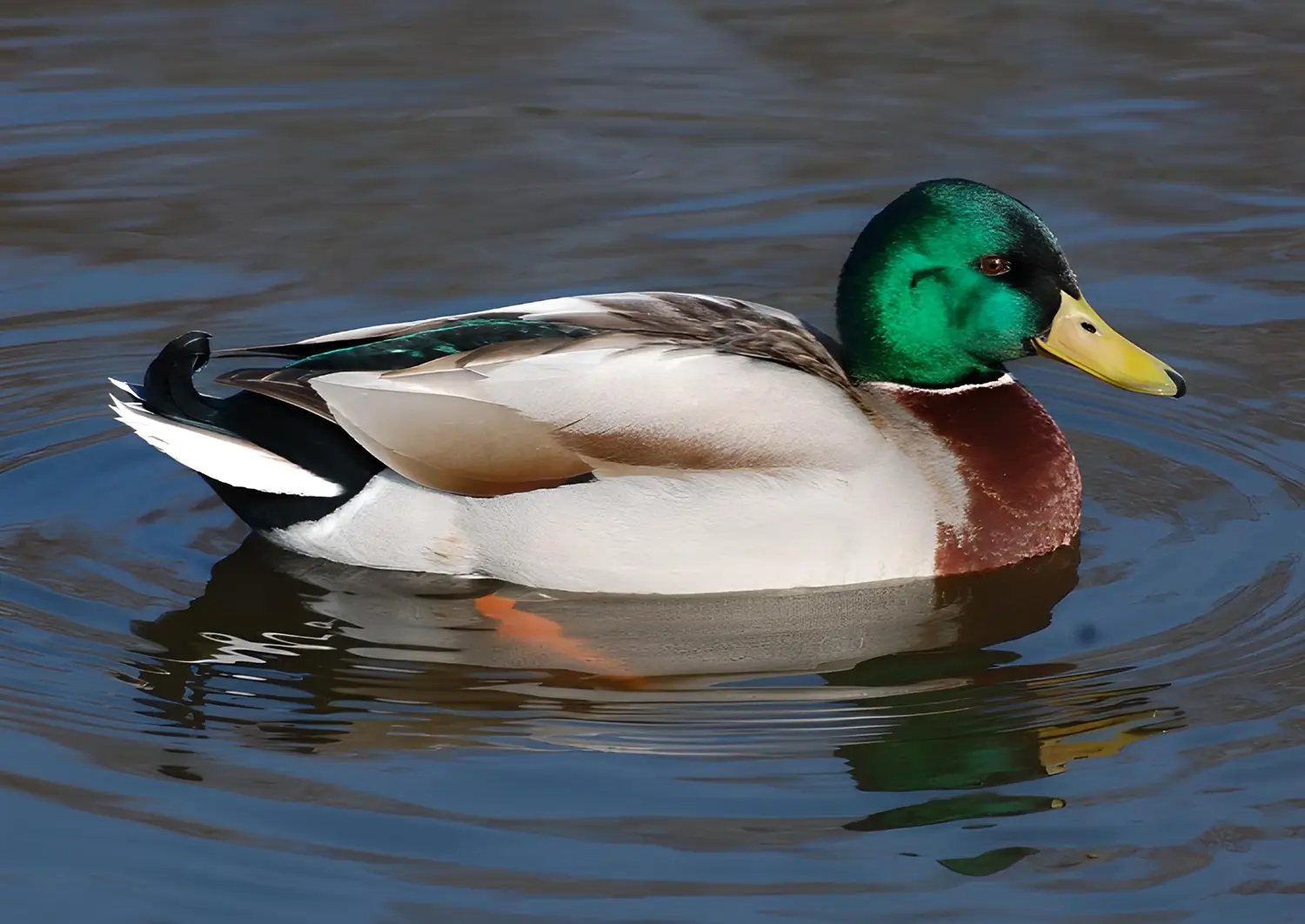
Mallard
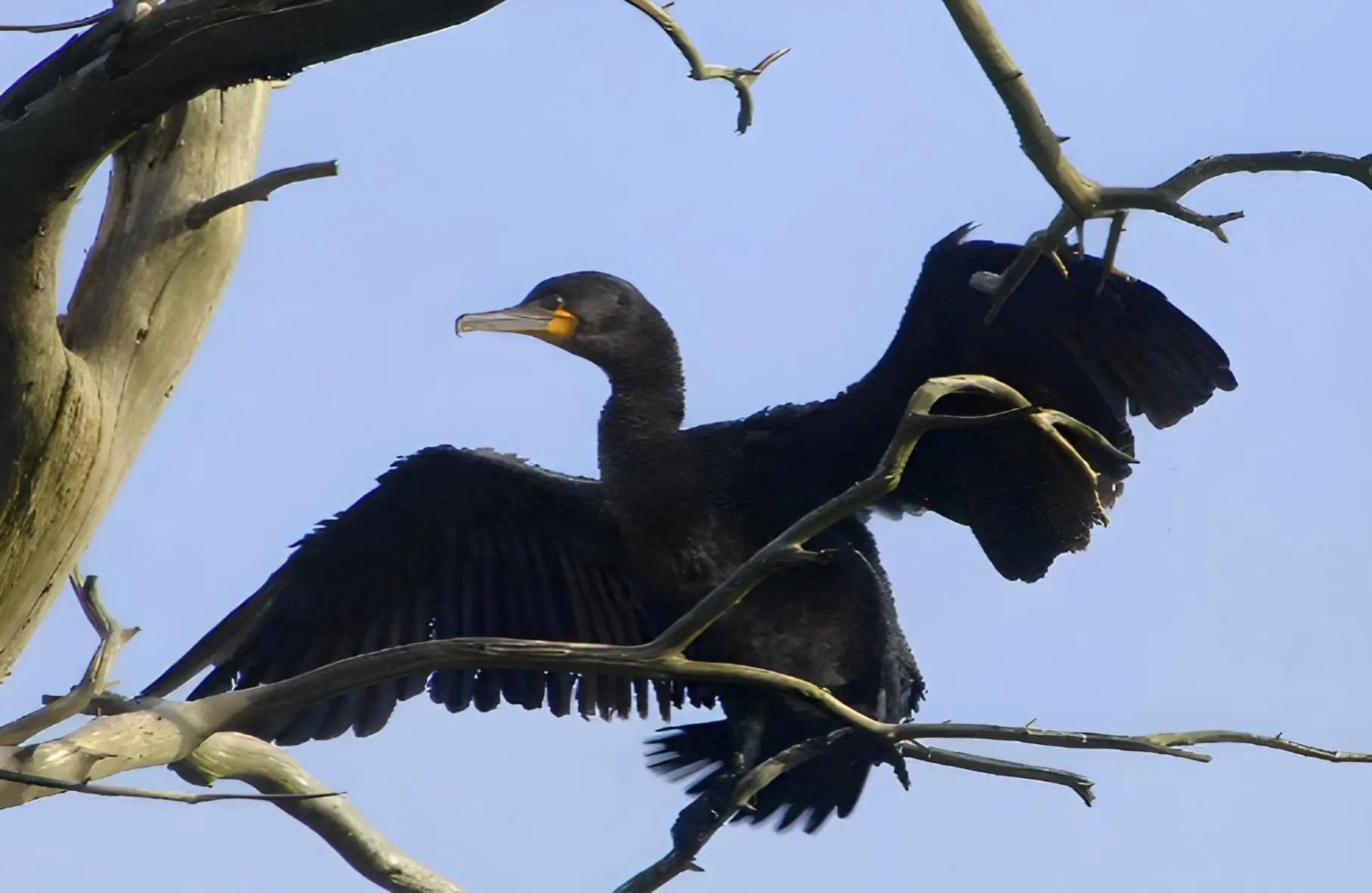
Cormorant
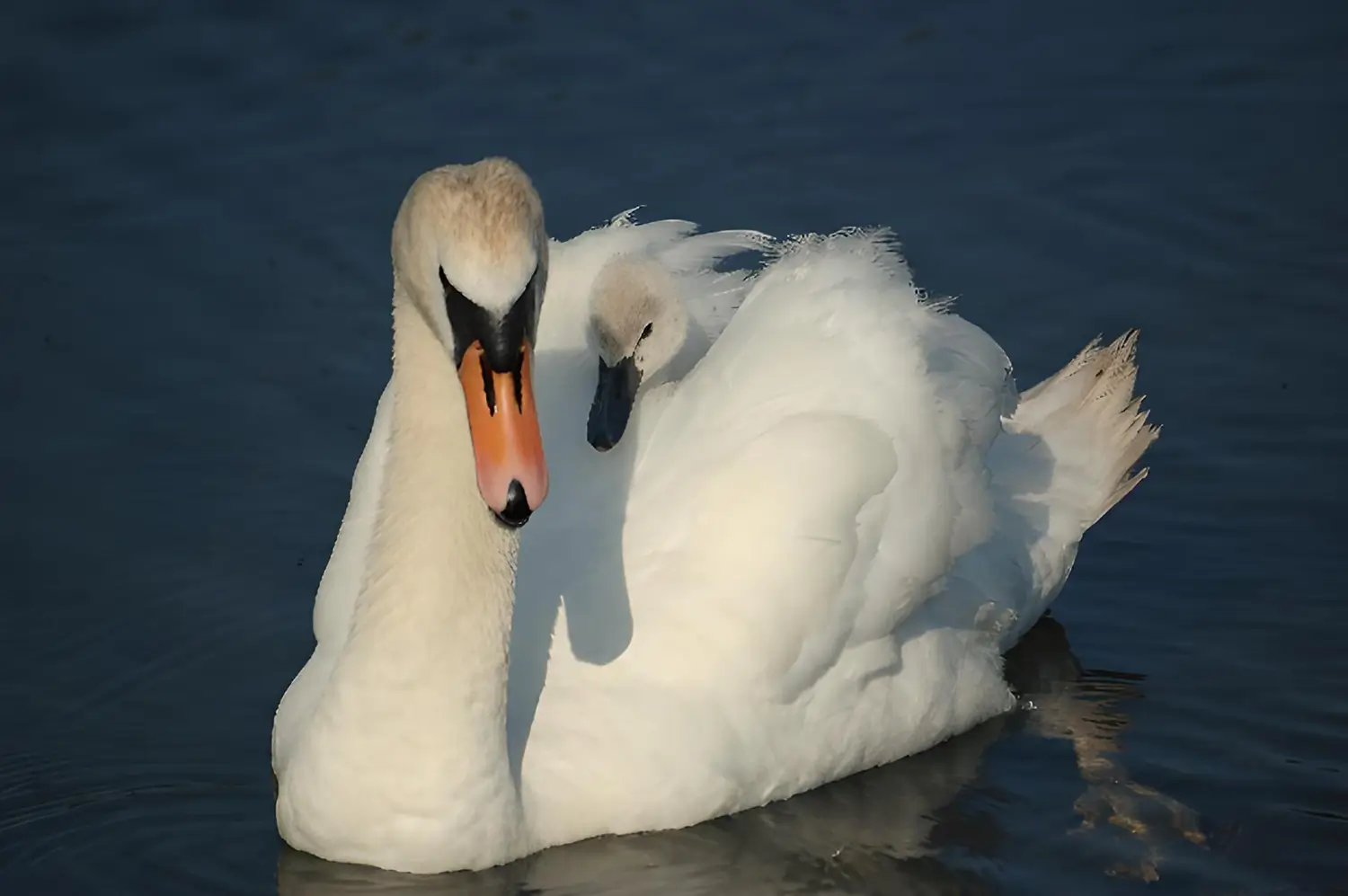
Swan
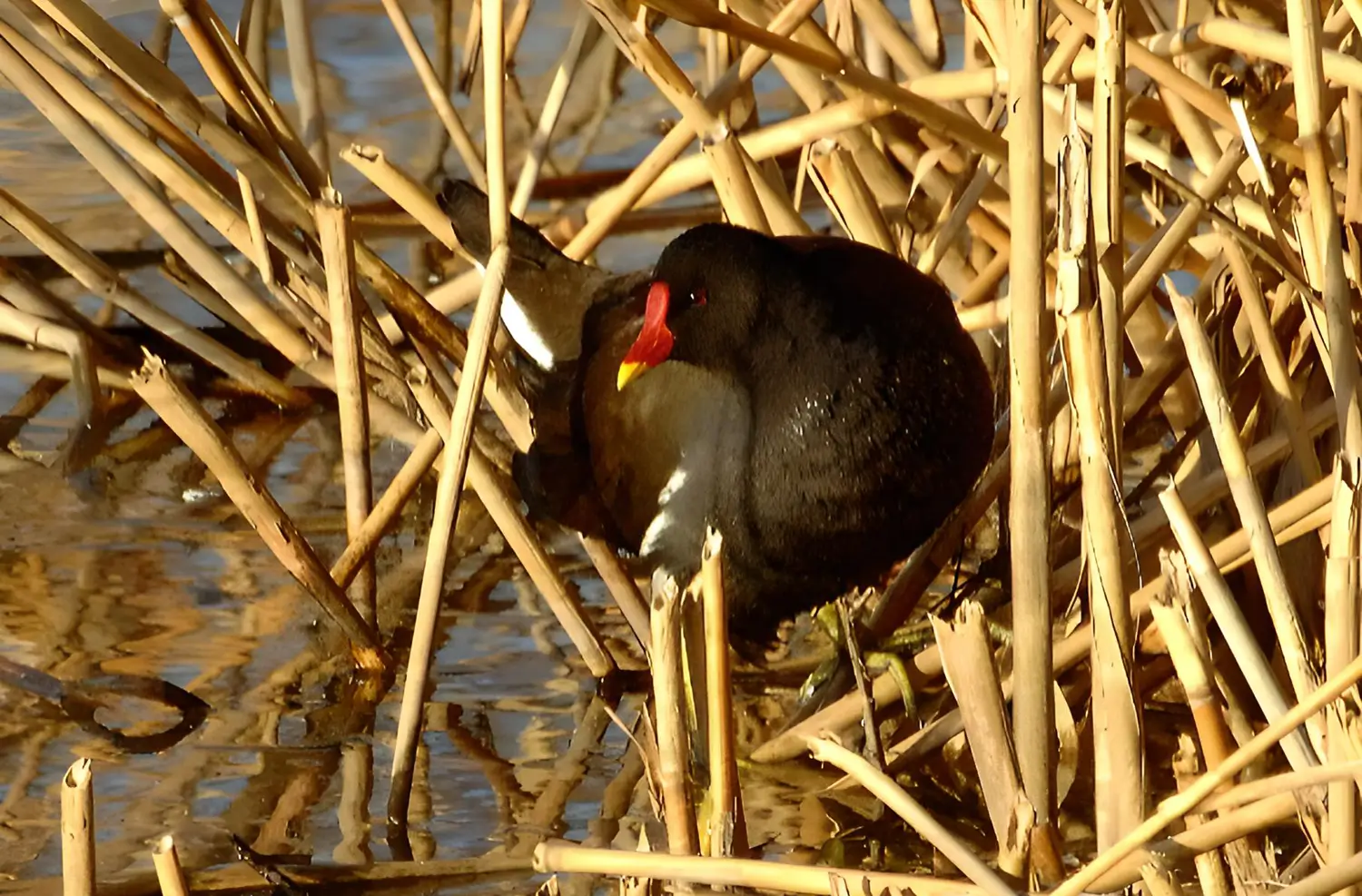
Goldcrest
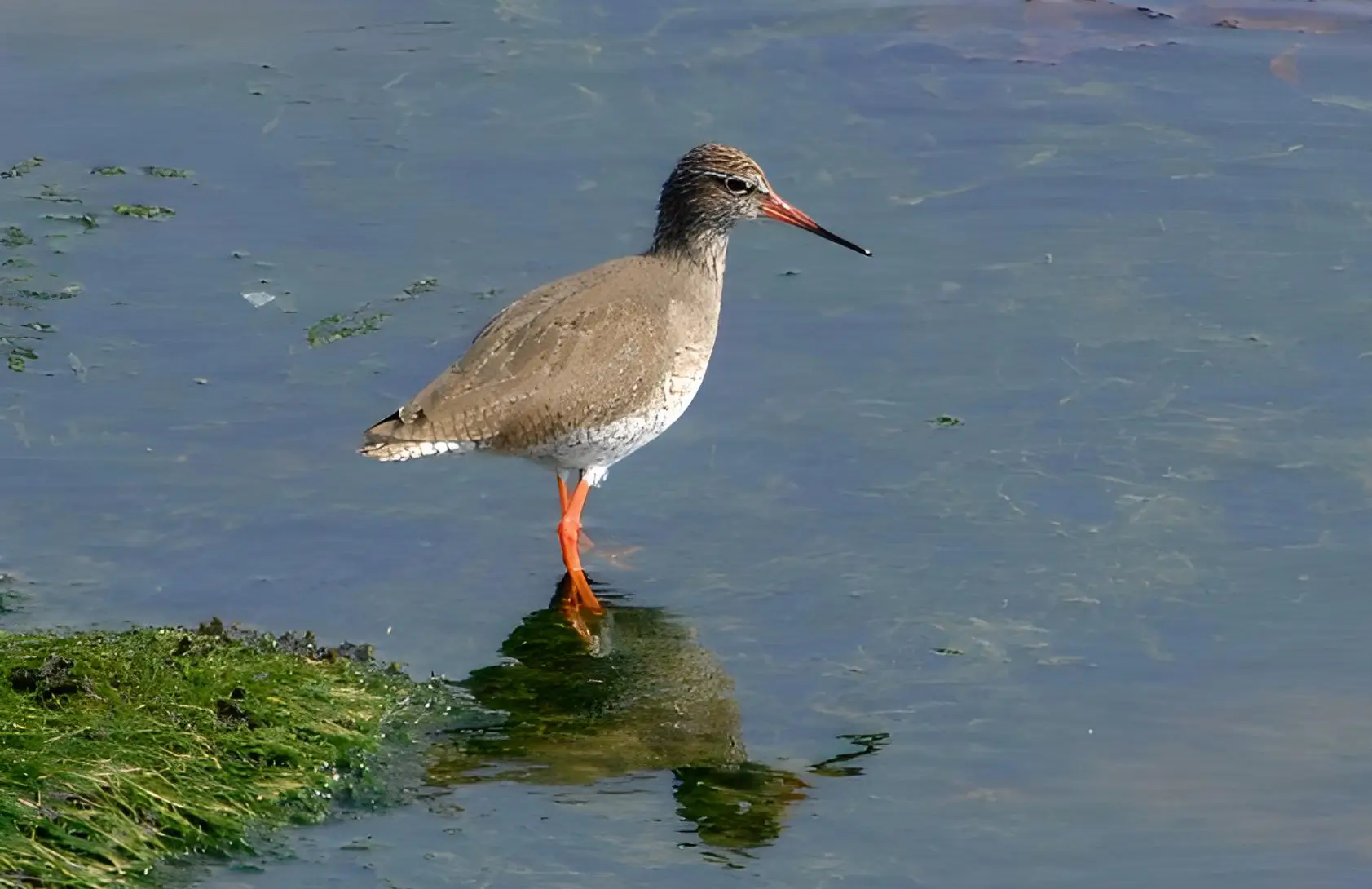
Redshank
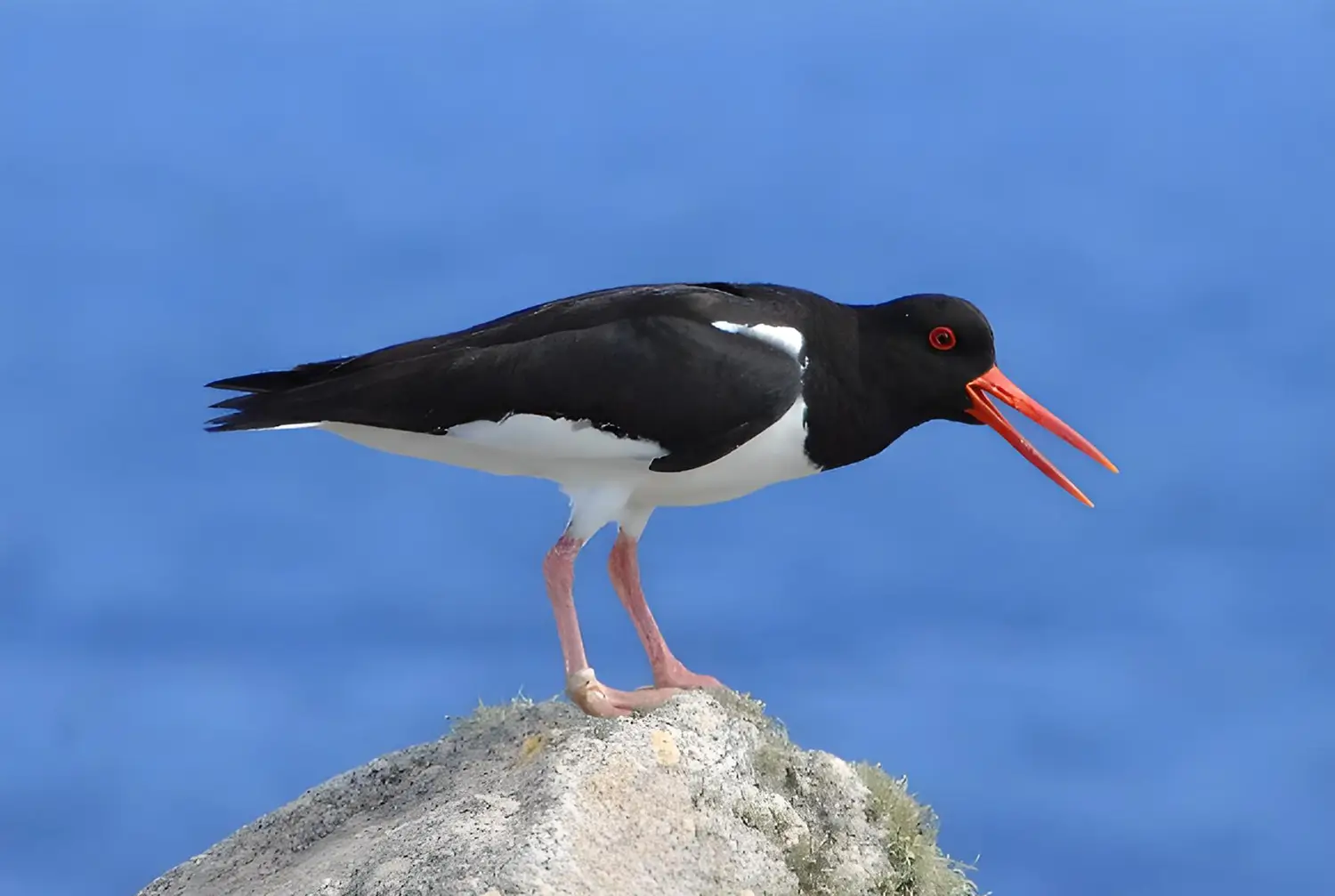
Oystercatcher
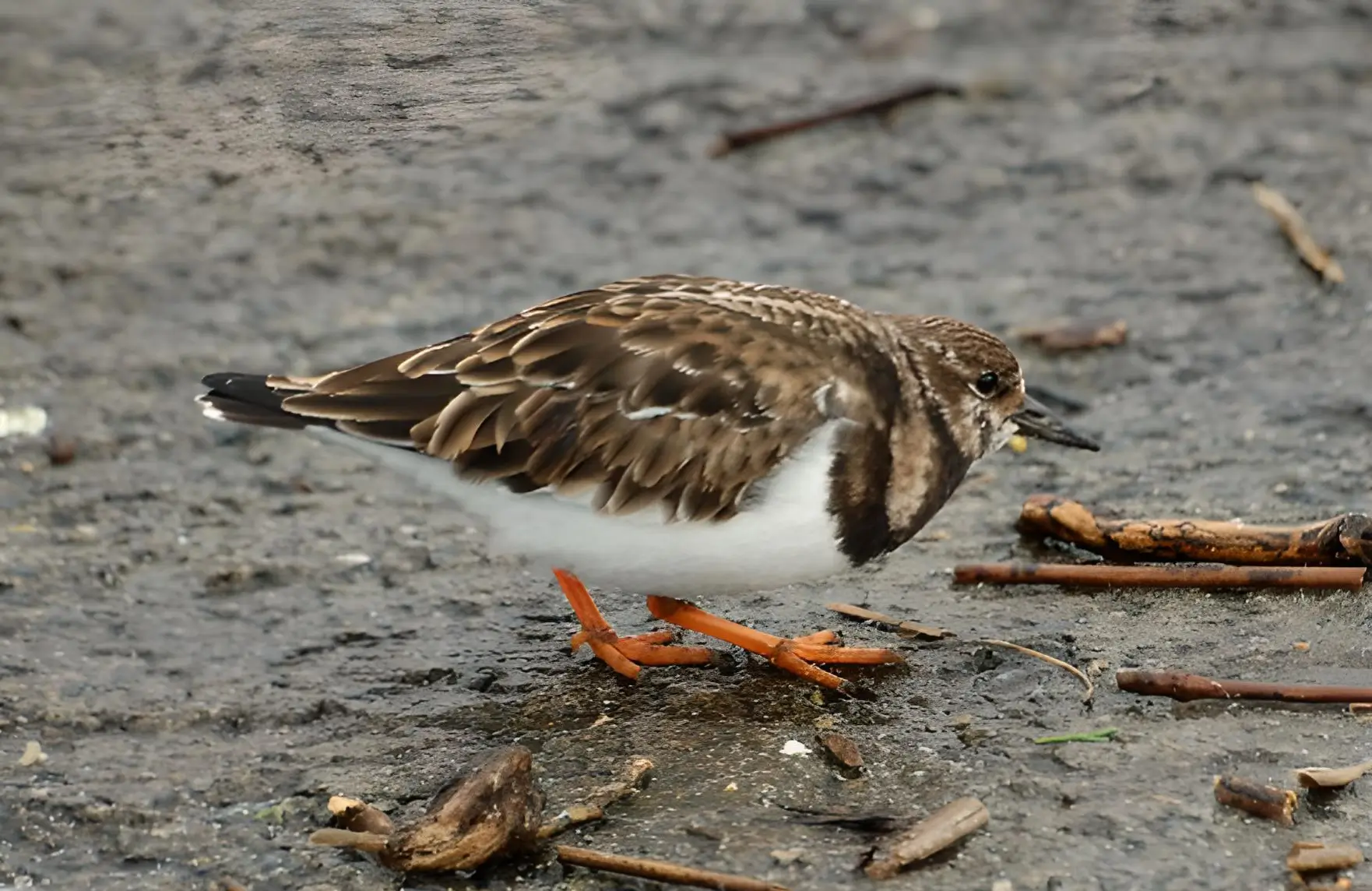
Turnstone
How you can help birds at home
Join the count! During the winter months, you can help by taking part in The Irish Garden Bird Survey. This popular
citizen science project is open to everyone. Find out more:
https://birdwatchireland.ie/our-work/surveys-research/research-surveys/irish-garden-bird-survey/
REFRESHMENTS
A shallow container of clean fresh waterin your garden will be much appreciated by thirsty birds, or those in need
of a bath.
